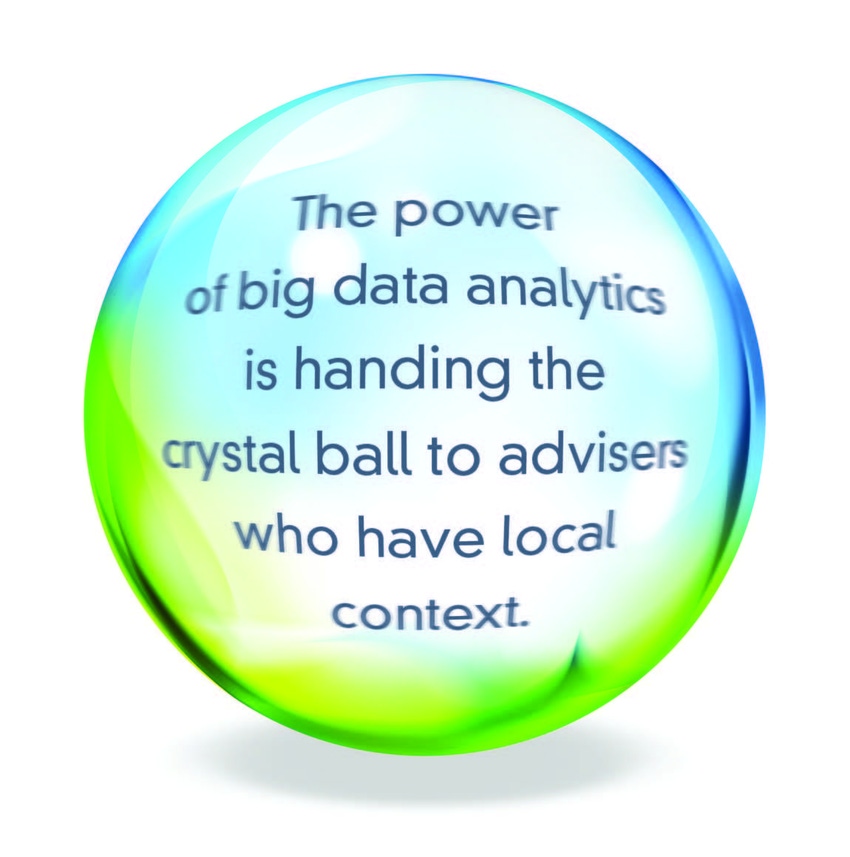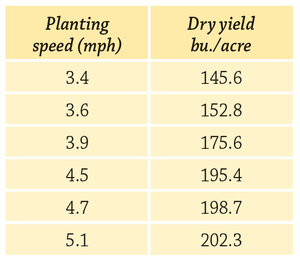April 15, 2014

“But how do I know if what I am seeing in my data analysis is real?” That’s a question that is not only appropriate but also healthy.
For the last 15 years, as I’ve presented agronomic decision data analytics to growers and their advisors, I’ve cautioned that “correlation doesn’t always equal cause and effect.” I share humorous examples – plotting my hair loss and my years of working with farmers – a perfect correlation, but not proof of cause and effect.
Premier Crop began analyzing the planting speed and yield relationship years ago, calculating planting speed using the time stamp column in the GPS planting files. I remember fields that showed a strong correlation between faster planting speeds and higher yields! This would lead to either father or son arguing that all the attention to slowing down the planter was literally a waste of time.
However, further investigation would inevitably provide a different explanation. Pressed to get the crop planted and having to compromise what was “ideal”, spring tillage left part of the field with a rough seedbed. The operator planting the field, instinctively slowed down in those rough parts, returning to normal planting speed in the other parts of the field. But even with a slower planting speed, those rough areas didn’t yield as well – leading to a correlation showing faster planting equaling higher yields.
It’s an important lesson that many miss. Sometimes, a data layer is actually a “surrogate” for another layer that you may not have captured. Planting speed was a surrogate for the condition of the planting bed. High soil pH as a surrogate for cyst nematode. Correlation to slope could be a surrogate for an eroded area within a soil type or the best part of the field because excess water escaped in a wet year.

Premier Crop focuses on partnering with local agronomic advisors because we appreciate that agronomy is local, meaningful data analysis involves agronomic common sense and local expertise that in most cases includes the grower. Analysis can and does provide insights, creating new agronomic knowledge that allows growers and advisors to understand relationships that were impossible to see before. Yet big data analytics is not the crystal ball that removes local context. Rather, the power of big data analytics is handing the crystal ball to advisors that have local context.
Real world agronomy is complex – very complex. It’s where soil science, soil supplied and applied fertility, plant pathology, entomology, weed science, soil and water conservation, all collide with your technology allowing to measure, analyze and deliver site-specific solutions.
About the Author(s)
You May Also Like




